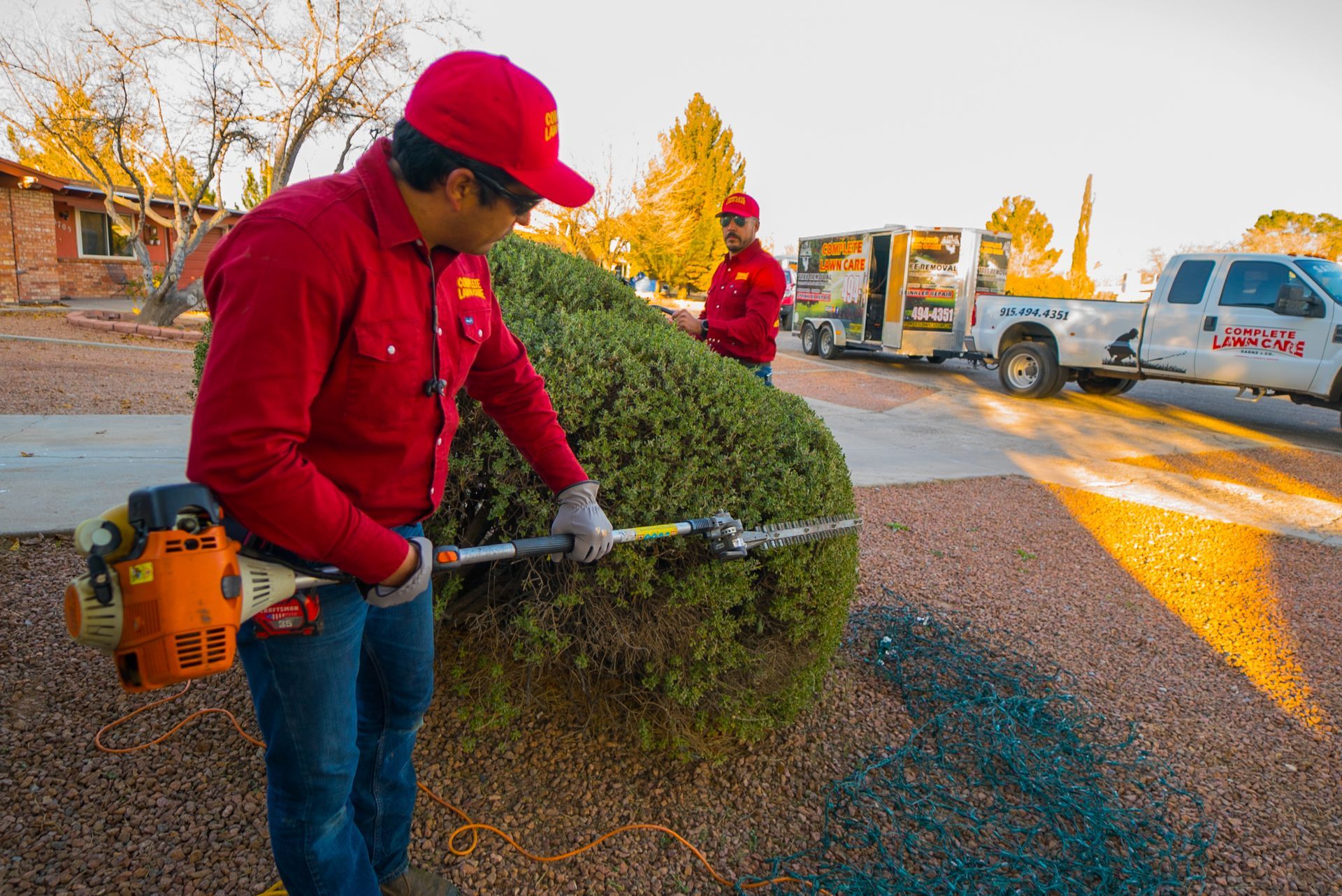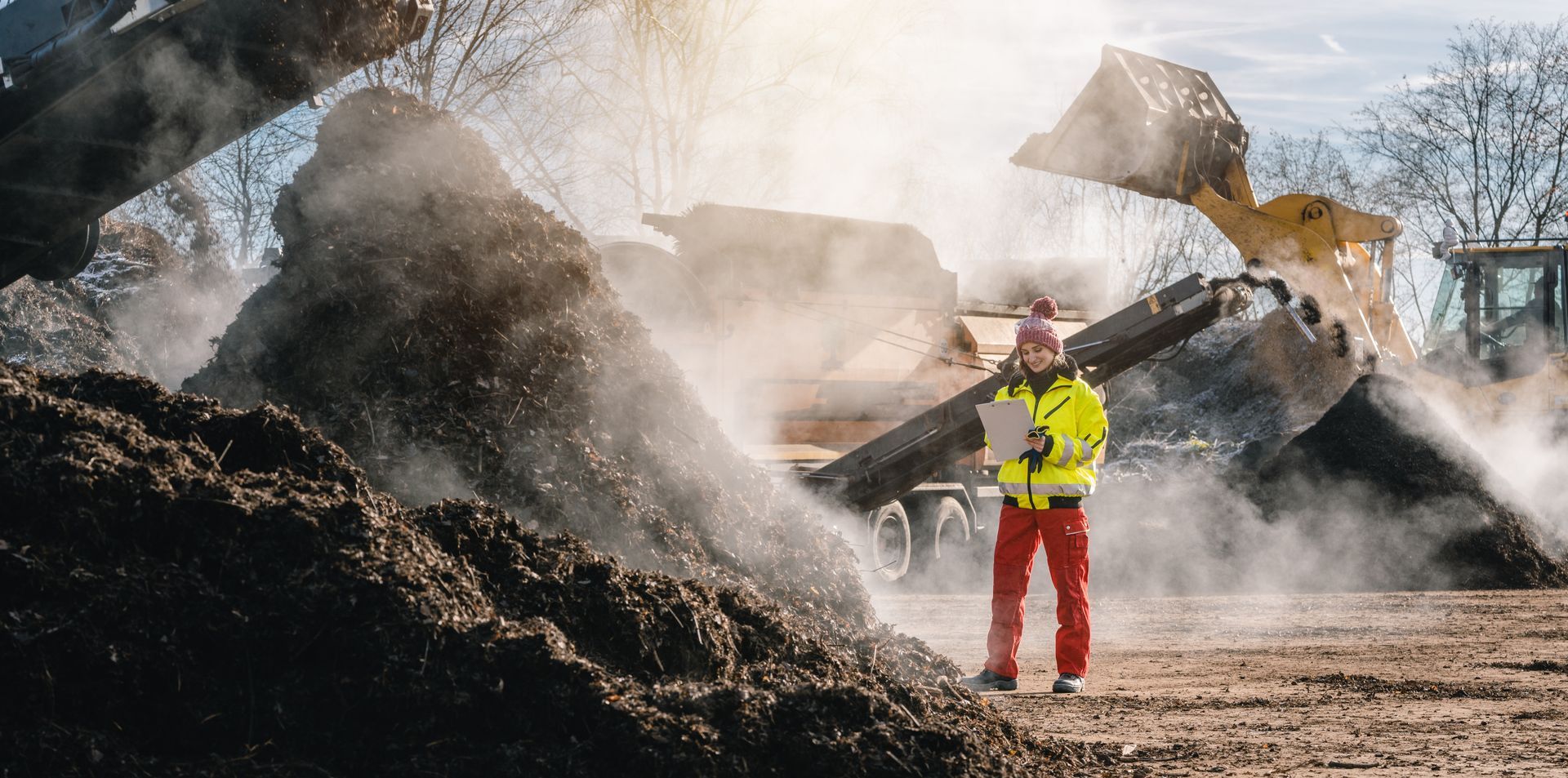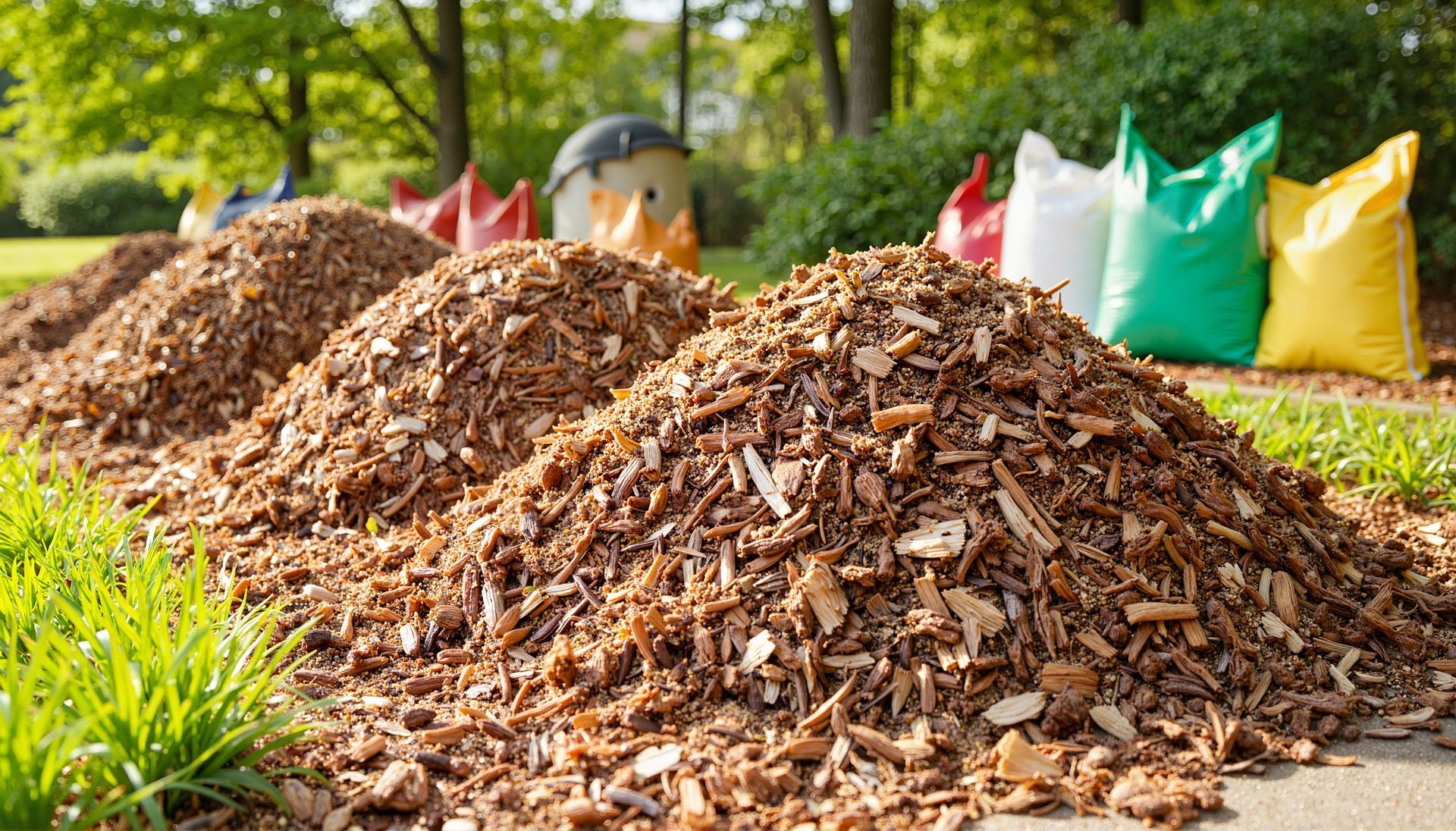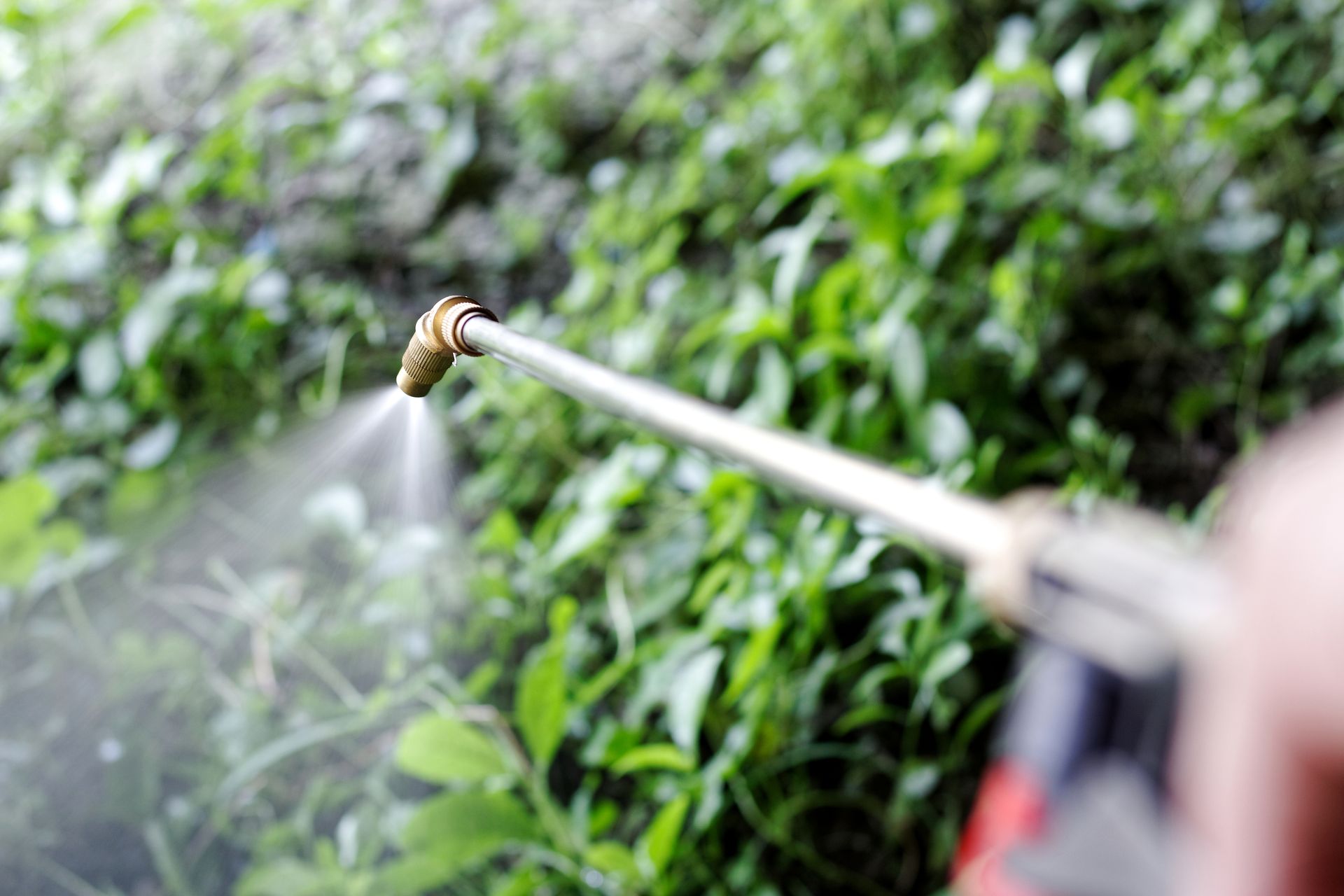The Ultimate Guide to Tree Trimming: Techniques, Timing, and Tips for Healthy Tree
Best way to trim your trees

Proper tree trimming is essential for maintaining the health, safety, and aesthetics of your trees. By understanding and applying the appropriate pruning techniques, you can ensure your trees thrive and enhance the beauty of your landscape.
Types of Tree Pruning:
1. Cleaning Pruning: This method focuses on removing dead, diseased, or damaged branches to prevent decay and promote healthy growth. Regular cleaning helps maintain the tree's structural integrity and reduces the risk of falling branches.
2. Rejuvenation Pruning: Aimed at revitalizing older trees, rejuvenation pruning involves cutting back old growth to encourage new, vigorous shoots. This technique improves the tree's overall appearance and can extend its lifespan.
3. Formative Pruning: Best applied during the early stages of a tree's life, formative pruning shapes the tree by removing unwanted branches. This ensures a strong structure and desired form as the tree matures.
4. Pinching Pruning: Involves making small cuts, typically no larger than 10 centimeters, to reduce the tree's volume without altering its natural shape. This careful approach encourages thicker, fresher growth.
5. Fruiting Pruning: Specific to fruit-bearing trees, this pruning balances flower production and wood growth. It develops sturdy branches capable of supporting fruit, ensuring a healthy yield.
6. Pre- and Post-Flowering Pruning: Timing is crucial; pruning before flowering promotes robust blooms, while post-flowering pruning removes spent flowers and prepares the tree for the next growth cycle. Understanding your tree's flowering habits is essential for this method.
Best Time to Prune:
The optimal time for pruning most trees is during their dormant period, typically in late winter to early spring, just before new growth begins. This timing allows for faster healing and reduces the risk of disease. However, the ideal pruning time can vary depending on the tree species. For instance, pruning spring-flowering trees immediately after they bloom prevents the removal of flower buds. It's essential to research or consult with a professional to determine the best time for pruning your specific trees.
Safety and Expertise:
Pruning can be hazardous, especially when dealing with large trees or branches near power lines. It's crucial to use the proper tools and techniques to avoid injury and ensure the tree's health. For complex pruning tasks or if you're unsure about the process, it's advisable to consult with or hire a professional arborist. They have the expertise and equipment to perform the job safely and effectively.
By selecting the appropriate pruning method and timing, you can maintain your trees' health and beauty, contributing to a safer and more attractive environment.
You may also like



